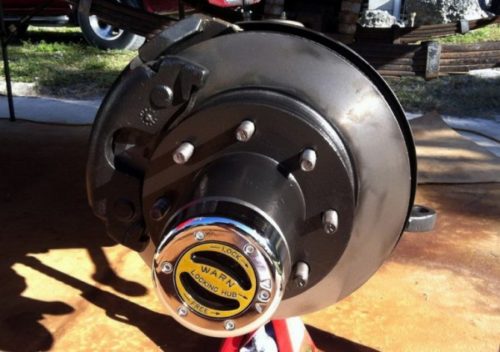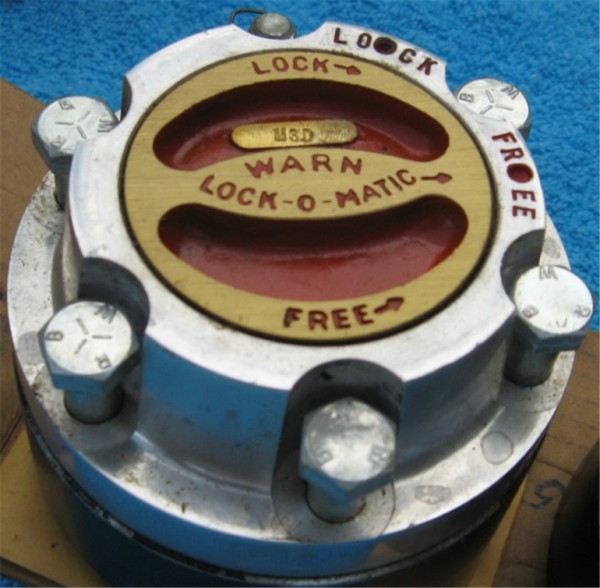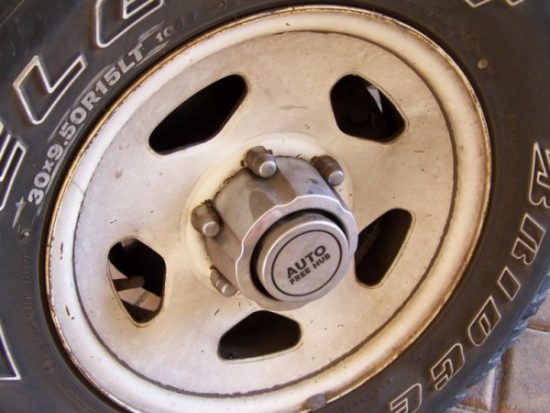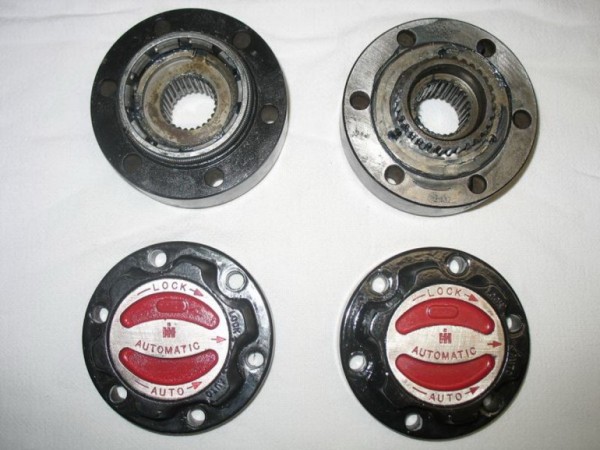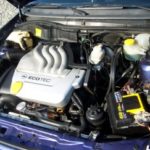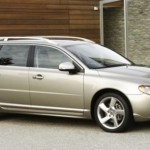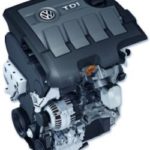LOCKING HUBS - Half axle lock
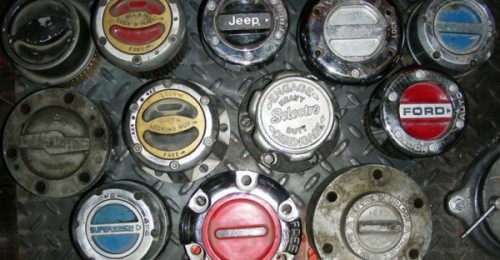
LOCKING HUBS
Off-road vehicles have not always been luxurious machines for driving around the city. They were designed for inaccessible and poor terrain and were not intended to race with high-speed passenger vehicles. However, over time, there was a need on the market for the SUV to be as comfortable, fast and economical on asphalt as the passenger car, but also to retain all its terrain characteristics.
In the meantime, during the development of mechanics and electronics, various systems could be encountered, including the one we will describe to you today, and it is almost on a wheel.
- Front differential lock? It's not.
- Includes front drive? This can also be done from inside the vehicle.
- In some cases, you have to tread mud and water to turn it off.
- He activates himself while driving.
- It didn't activate when needed!
This can be briefly described Locking hubs, Or you locomotives. They represent the introduction of the ability to separate the front axle axles from the wheels with the help of "hubs". This equalized the propulsion of passenger vehicles and SUVs, leaving rear-wheel drive terrain on the tarmac, while the front drive can act as if it does not exist, does not rotate, makes no noise and vibration and does not load the engine.
First of all, locomotives also require proper use, so in this text we will try to clarify their principle of operation and purpose.
There are four types of locomotives:
1. An option where locomotives do not exist
2. LOCK-FREE, with manual on / off switch
3. AUTOLOCK, with automatic on / off switch
4. AUTO-LOCK, combination of second and third kind
System description and function by type:
1. The half shafts / joints are directly grooved to the hub
The consequence is that the entire front-wheel drive rotates while driving.
Bad features:
- Makes a lot of noise in 2H mode, increases fuel consumption, shakes while driving if the front cardan shaft is bad
Good features:
- Rarely subject to failures
- 2H-4H options can be switched on and off when driving without a clutch if the vehicle does not slip. If it slips, it is necessary to press the clutch and the vehicle does not have to stop, which is good for "colorful terrain" (terrains of different difficulty)
2. The driver chooses whether to lock the axles or not
This is a better variant than the first example of frequent good quality roads.
The only consequence in this example is that in order to use all-wheel drive, both locomotives must be switched off, that is, in LOCK mode, because when switched on, everything is the same as in the first example.
Bad features:
You need to get out of the vehicle to switch them on / off, in some cases in mud or water, so it is good to switch them on before off-road.
Good features:
- When you turn them off (FREE mode), you know that they are turned off
- Protects front-wheel drive from unnecessary wear when driving in 2H mode
- Reduce fuel consumption and noise
To enable (LOCK mode), the gear unit must be in the 2H position.
To switch off or reset from LOCK to FREE mode:
- If the vehicle is driven in 4H / 4L mode, it is necessary to switch to 2H mode first. If the 4WD light does not turn off immediately (or something similar that notifies the 4WD drive is on), it is necessary to drive in the opposite direction until the 4WD light on the dashboard turns off.
- When there is no need for 4H-4L mode, the position should be set to FREE.
- A non-existent 2L option can also be used, when the locomotives are at FREE and the reducer at 4L. This is useful when the vehicle needs to go slow on a hard road.
3. Automation, everything works (almost) only.
A better option if the four-wheel drive is less frequently used.
Good features:
- The locomotive does everything itself, and if you are already in mud or water, it will turn itself on as needed.
Bad features:
- It breaks down more, it requires a precise procedure when turning it on and off.
Inclusion:
Turns on if the front PTO starts (4H / 4L engaged and the vehicle starts), it takes 1 to 2 wheel turns with the steering wheel straightened.
If activated when the vehicle is already jammed there is a risk of it not tearing to the end and damaging it over time. In this situation, it is advisable to repeat the procedure after exiting the rough terrain, that is, to switch the mechanism off and on again.
If you encounter poor terrain, perform the startup procedure at least five meters before switching on the 4H / 4L mode. When switched on you can switch 2H-4H mode (as in the first variant) as long as you are moving in the same direction.
Power off:
Switch gearbox to 2H mode and drive the vehicle in the opposite direction with the steering wheel in the right direction with at least two wheel turns.
Failure to follow this procedure can cause incomplete switching off of one side, which can later be manifested by very detrimental self-locking at high speeds when the buzz is first heard and then bursting due to the instantaneous starting of the entire front-wheel drive from idle to vehicle speed.
Also, damaging the front cover, or otherwise entering the hub in the hub, disables automatics during frost, meaning you won't have a 4 × 4 drive active.
Defective locomotives can be replaced or blocked so that they are permanently switched on as in the first case, which again brings with it all the disadvantages mentioned above.
4. Automation, which can also be manually locked
Turn the system on to LOCK when planning a 4H / 4L mode ride. This avoids the unwanted start of automatic switching on and off when changing direction of travel.
When on (LOCK) everything is the same as with the first type.
When switching from AUTO to LOCK mode and vice versa apply a procedure of another kind.
When the locomotive is at AUTO, all of option three applies.
The general conclusion is that if you drive one of the SUV 21st Century vehicles ("city SUV") forget the locomotives. They don't exist. Other mechanical systems or computers work for you. But if your 4 × 4 vehicle is not just about crossing curbs, but going to the cottage or skiing, then you need an off-road SUV that still has locomotives. If used properly, they will reciprocate your reliable work.
Source: www.triodriver.com
Recommendation of similar texts:

Hi there, I am Mladen and I am an auto enthusiast. I started this blog years ago to help like minded people share information about latest cars, car servicing ideas, used car info, exotic cars, and auto technology. You will find helpful articles and videos on a wide variety of cars - Audi, Mercedes, Toyota, Porsche, Volvo, BMW and much more. Ping us if you have anything cool to share on latest cars or on how to make older cars more efficient, or just want to say hi!

